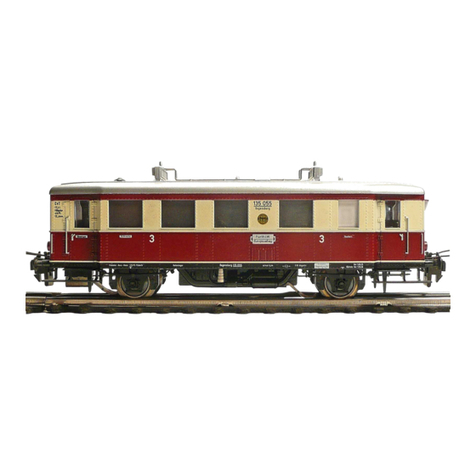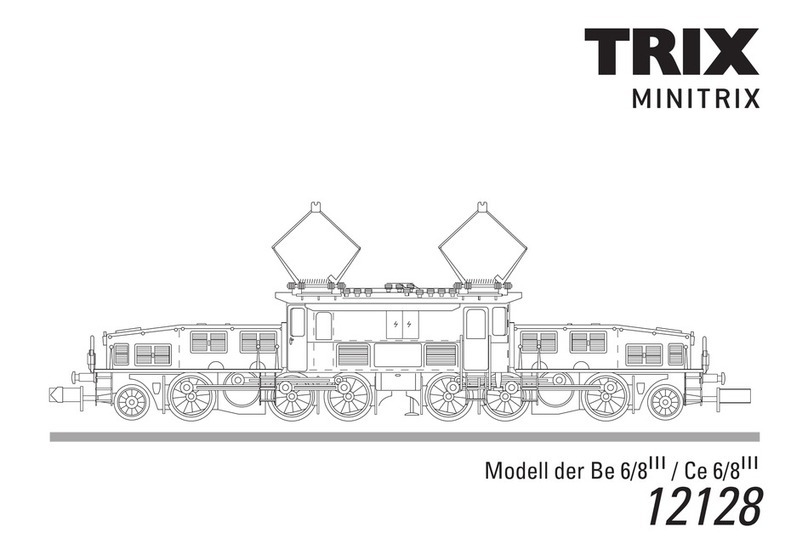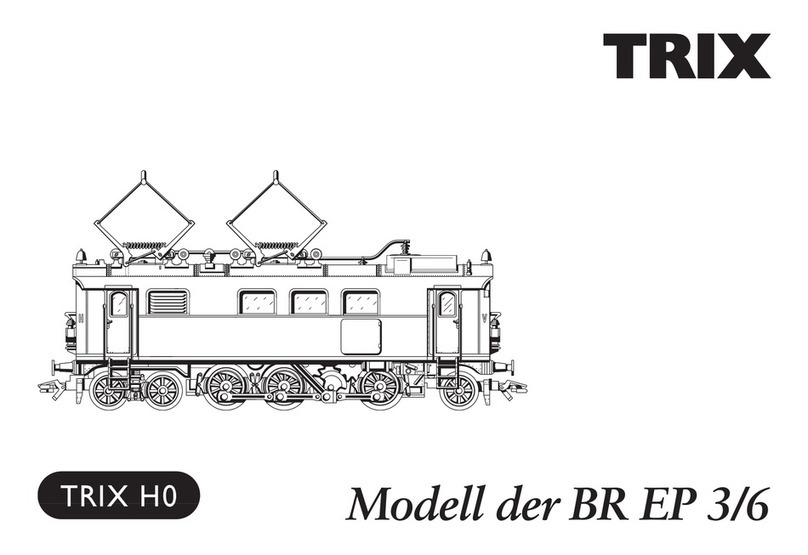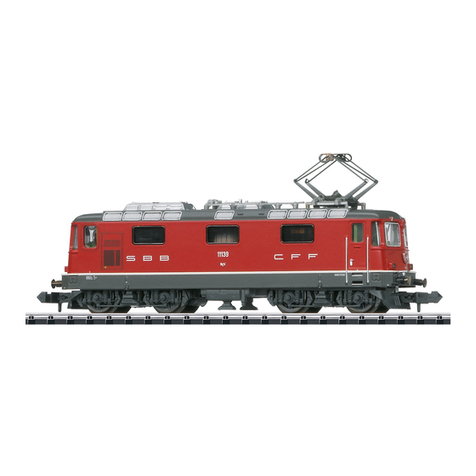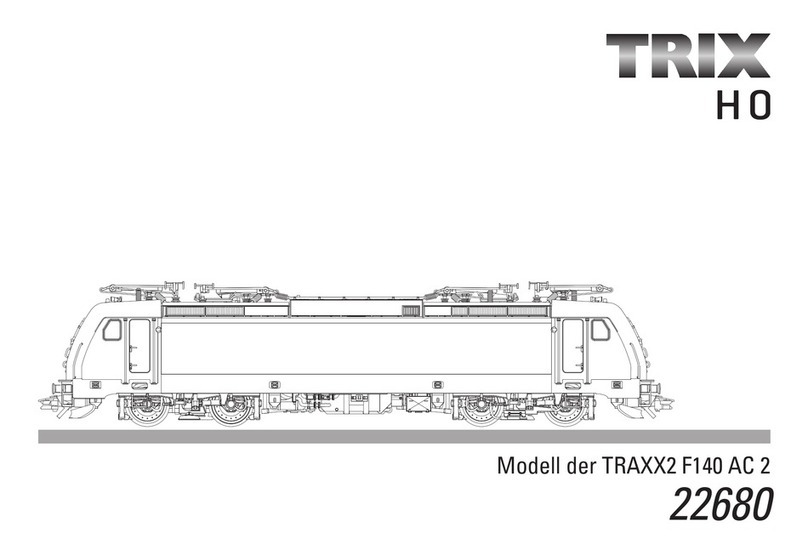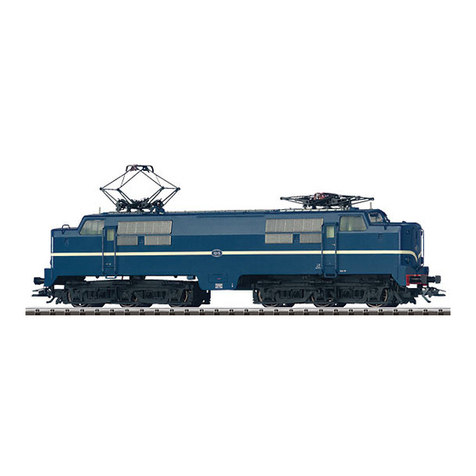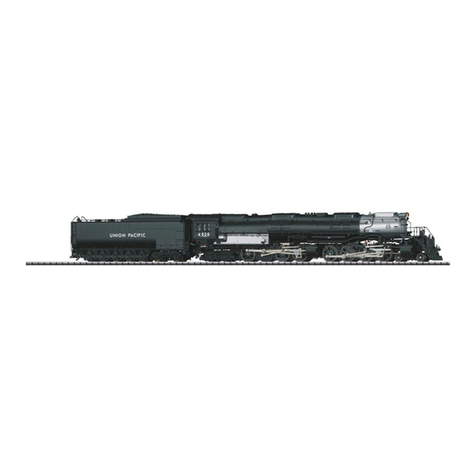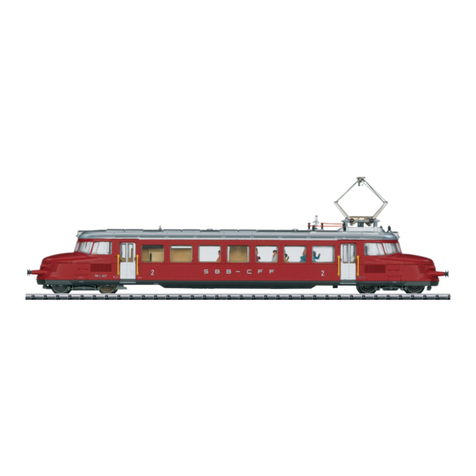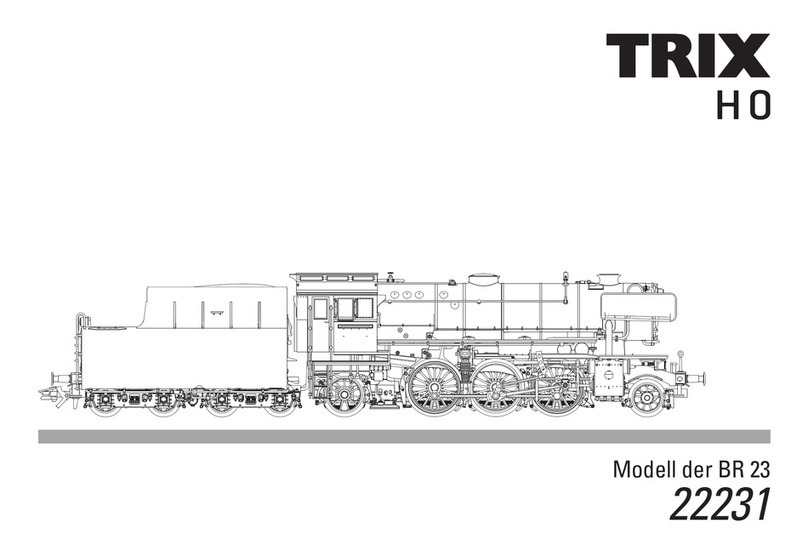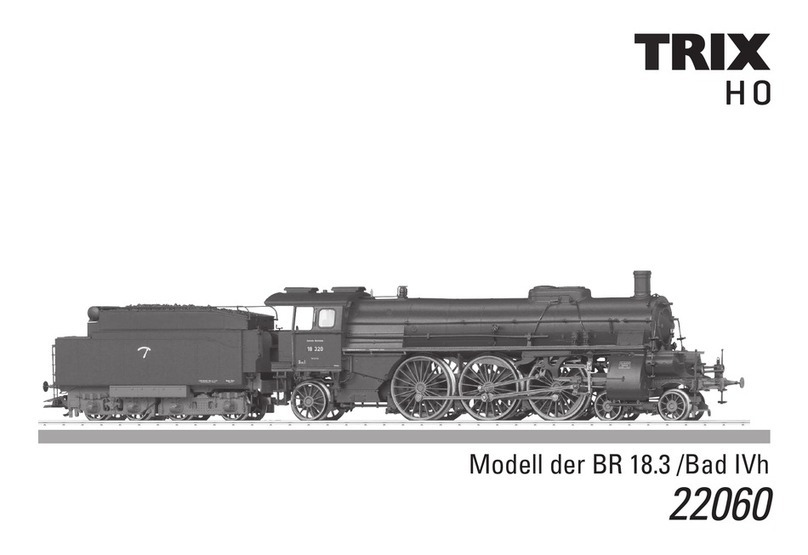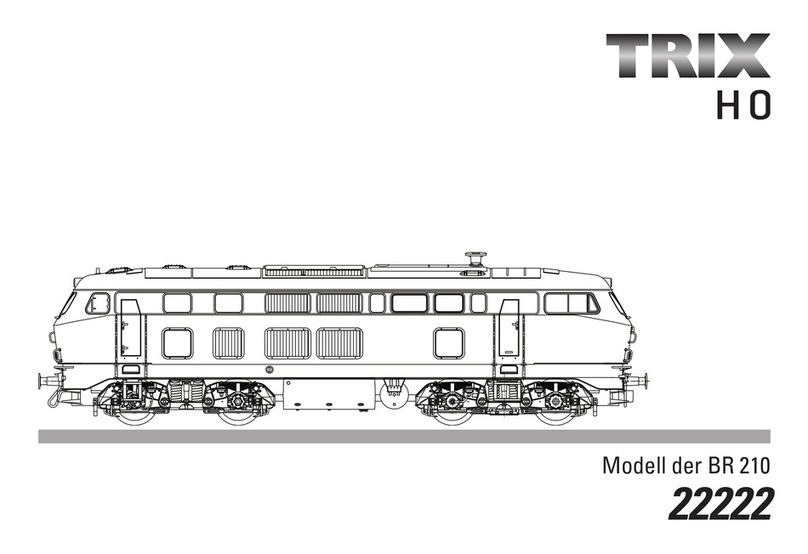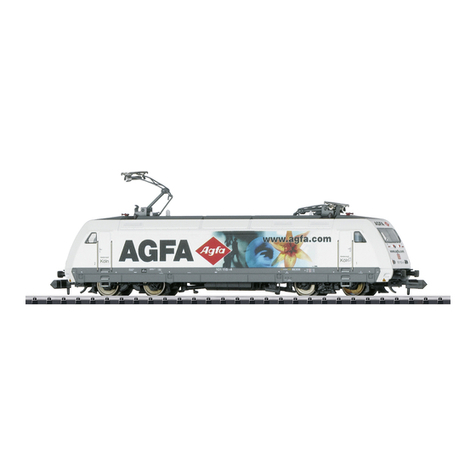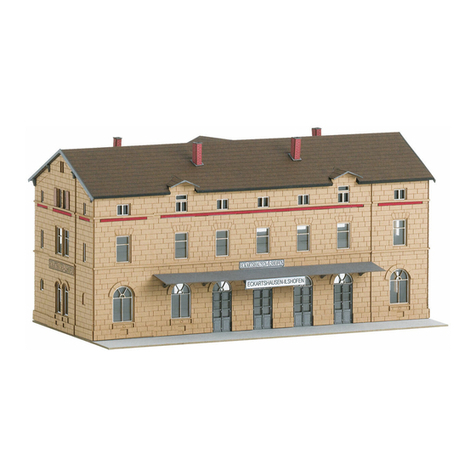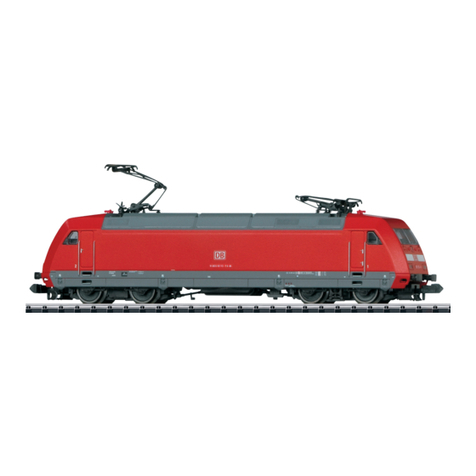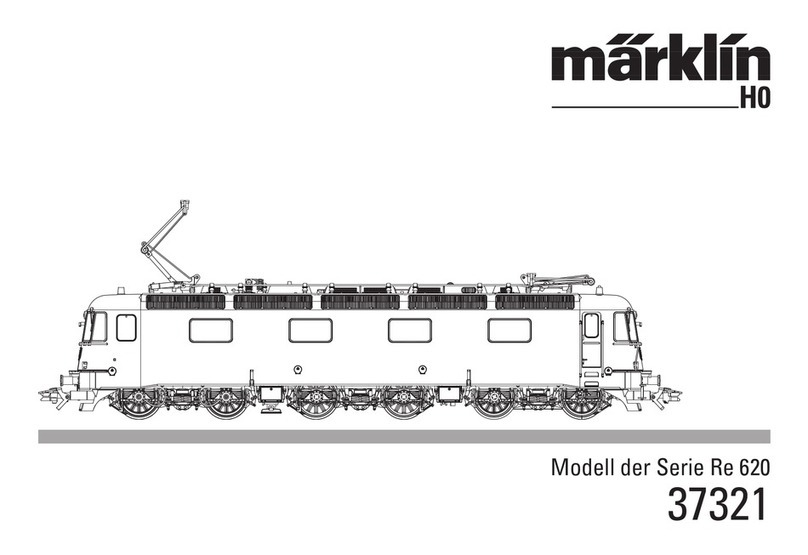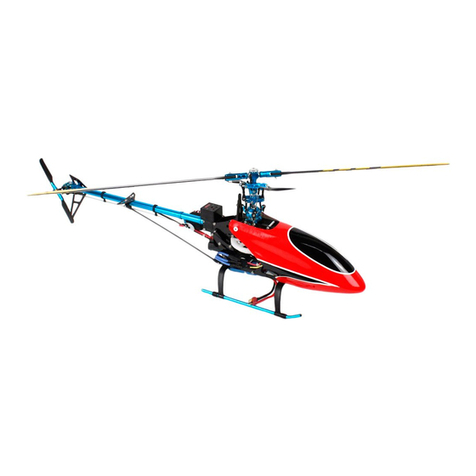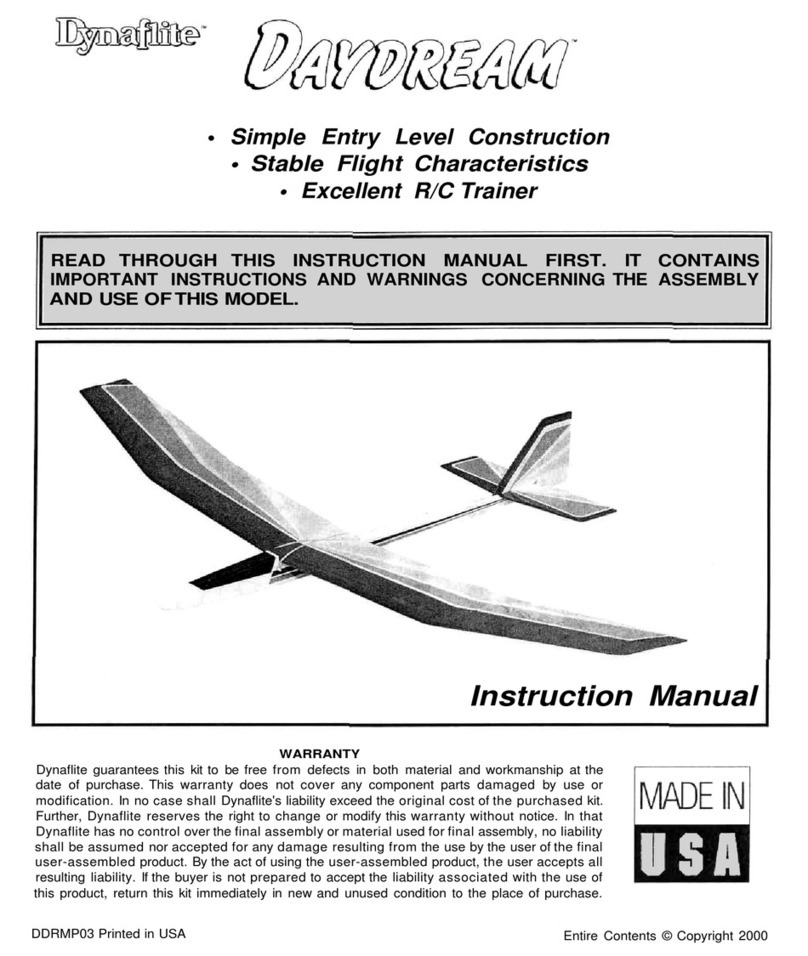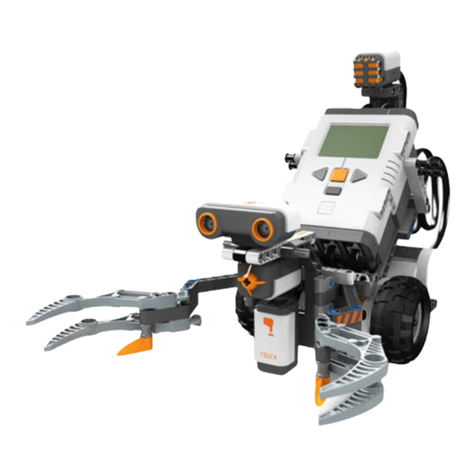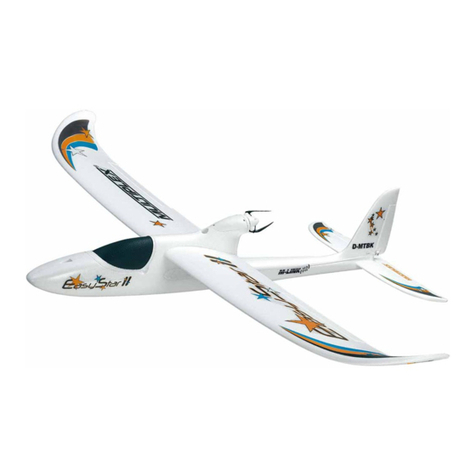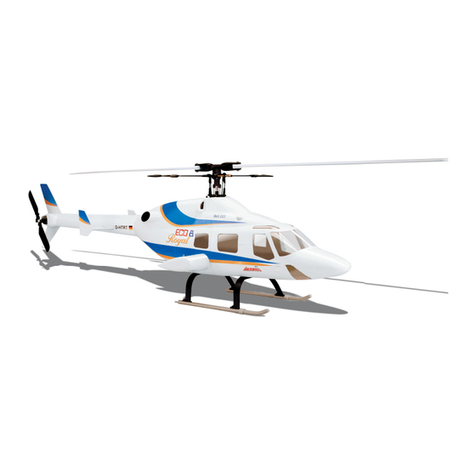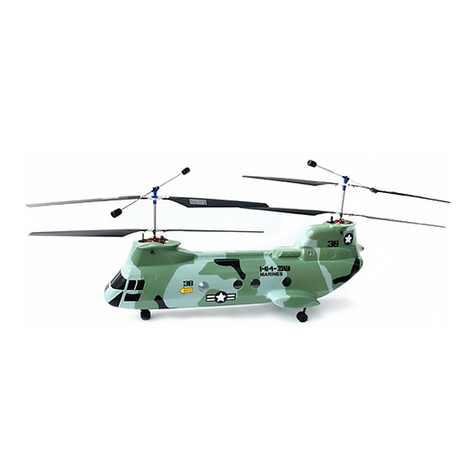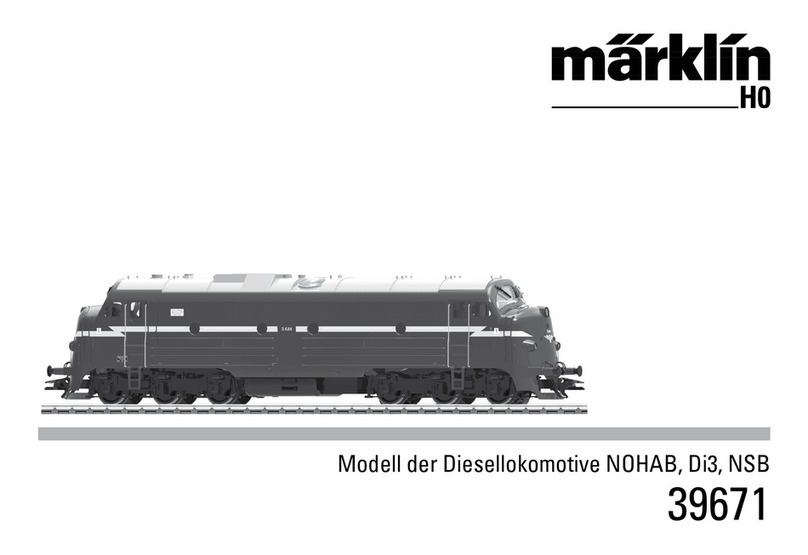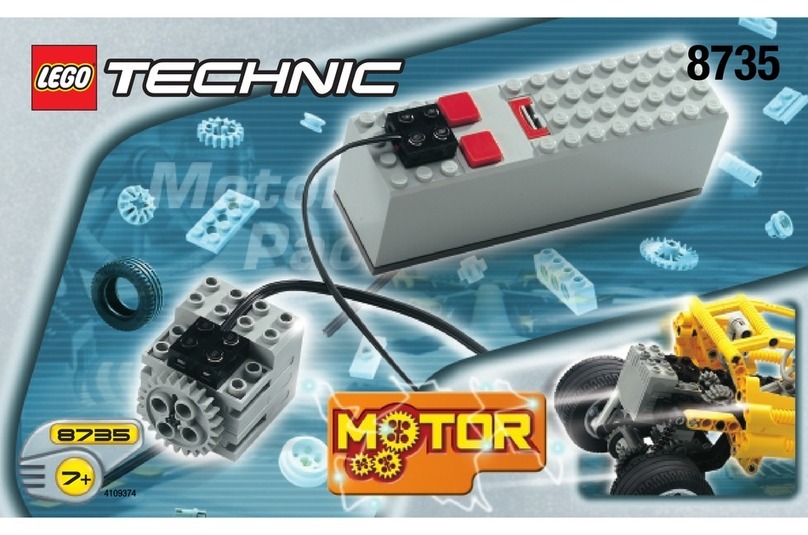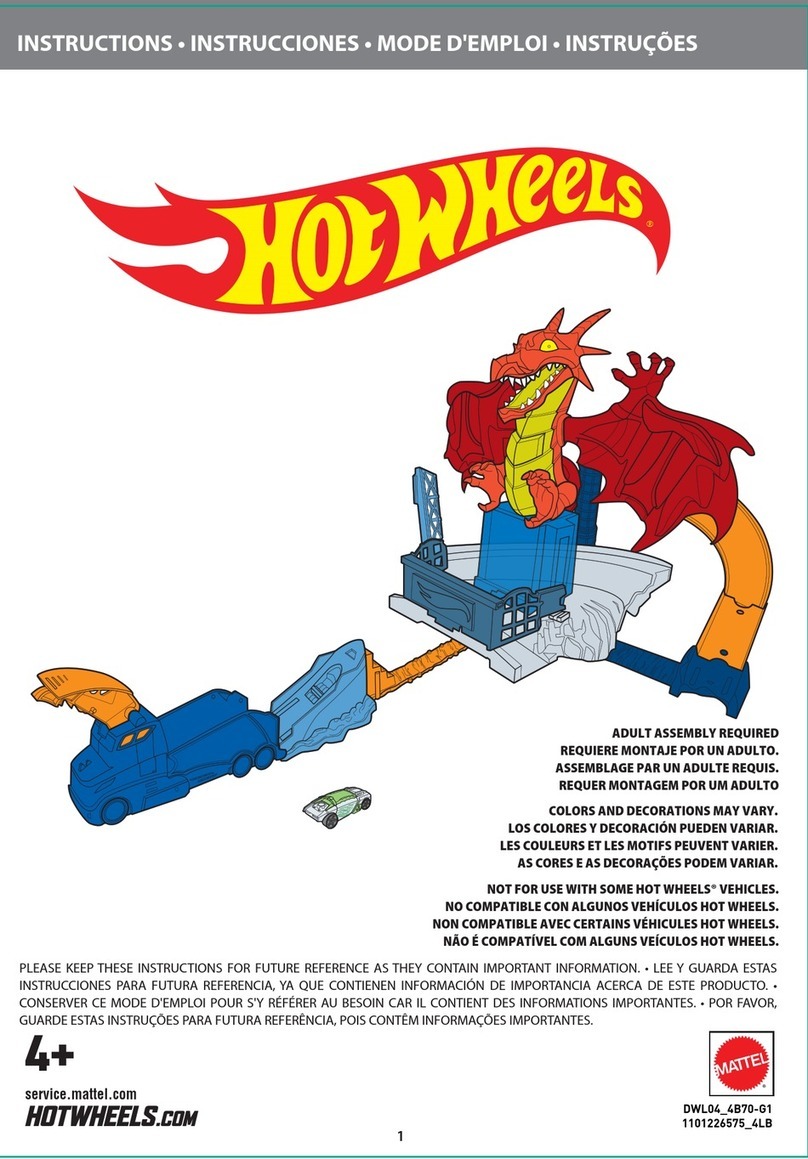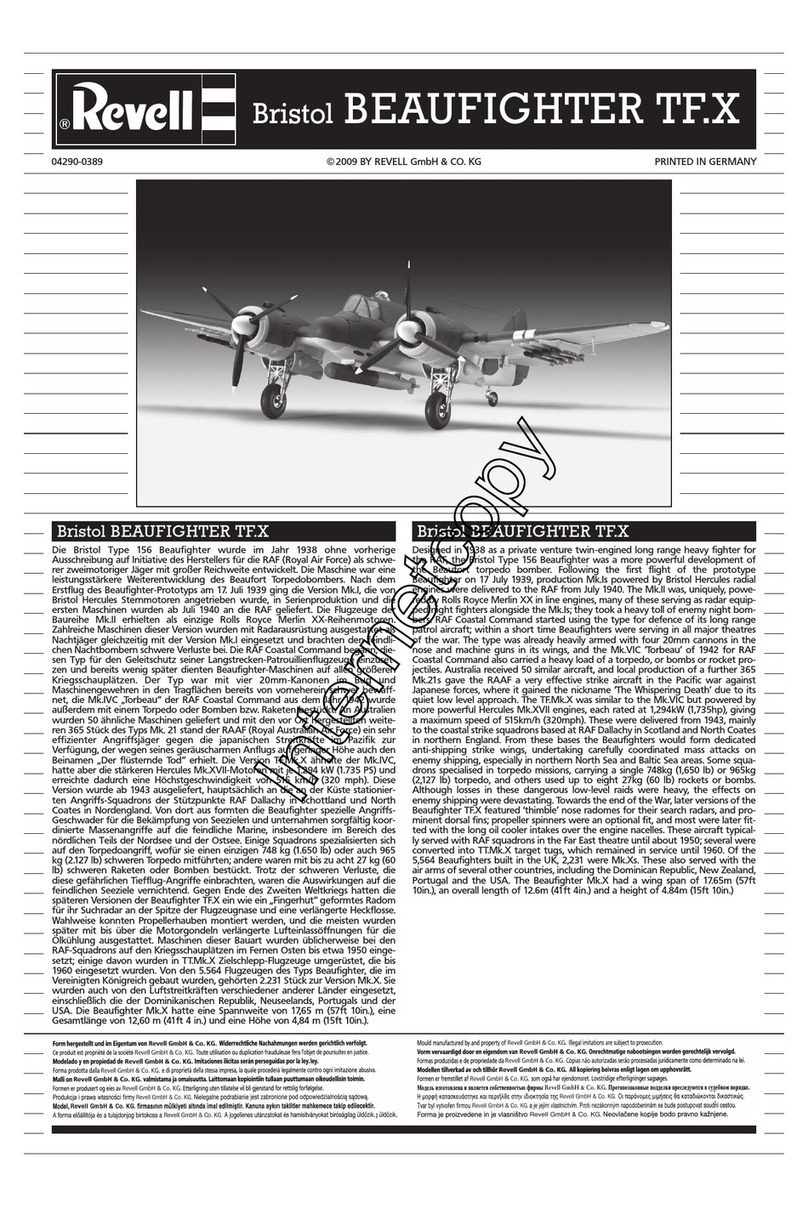
4
Informationen zum Vorbild
Im ersten Elektrifizierungsprogramm Bayerns war auch die
Strecke Salzburg – Freilassing – Berchtesgaden aufgeführt,
wo ab dem 15. April 1914 elektrisch im Probebetrieb gefahren
werden konnte. Für den Personenzugdienst auf dieser stei-
gungs- und krümmungsreichen Strecke bestellte die Baye-
rische Staatsbahn 1912 bei Krauss in München (mech. Teil)
und SSW (elektr. Teil) vier Maschinen mit der Radsatzfolge
1’C2’. Sie wurden im April und Juni 1914 als EP 3/6 20101-20104
in Betrieb genommen. Entsprechend der schwierigen Stre-
ckencharakteristik war ihr Laufwerk ausgebildet: Der vordere
Laufradsatz bildete zusammen mit dem ersten Kuppelradsatz
ein Krauss-Helmholtz-Gestell, die beiden hinteren Laufradsät-
ze ruhten zusammen mit dem letzten Kuppelradsatz in einem
Krauss-Lotter-Gestell. Schon die ersten Einsätze zeigten die
hervorragende Durchbildung des Laufwerks ohne festen
Radsatzstand. Gelobt wurde der gute stoß- und schlingerfreie
Lauf. Besonderes Merkmal war der hinter dem vorderen Füh-
rerstand stehende Dampfkessel für die Zugheizung, dessen
Schornstein aus dem Dach ragte. Daher musste der vordere
Stromabnehmer in der Fahrzeugmitte platziert werden.
Der elektrische Probebetrieb nach Berchtesgaden endete
jedoch schon wieder am 3. August 1914 durch den Ausbruch
des Ersten Weltkriegs. Erst ab dem 10. April 1916 wurde wie-
der elektrisch gefahren. Bei der DRG liefen die Maschinen ab
August 1926 als E 36 01-04. Mit der Indienststellung der neuen
E 44.5 ab 1933/34 reduzierten sich ihre Laufleistungen drastisch
und so wurden sie schließlich zwischen 1941 und 1943 ausge-
mustert. Anschließend zum Schneepflug umgebaut überlebte
die E 36 02 und kann heute im Bayerischen Eisenbahn-Muse-
um (BEM) in Nördlingen bewundert werden.
Information about the Prototype
The route Salzburg – Freilassing – Berchtesgaden was also
part of the first electrification program in Bavaria, and an
electric test operation was possible starting April 15, 1914.
In 1912, the Bavarian State Railroad ordered four locomoti-
ves with a 2-6-4 wheel arrangement for passenger service
on this route with its many grades and curves from Krauss
in Munich (mechanical parts) and SSW (electrical parts).
They were taken into operation in April and June of 1914 as
road numbers EP 3/6 20101-20104. Their running gear was
designed to correspond to the difficult route characteristics:
The front pilot truck together with the first coupled wheel set
formed a Krauss-Helmholtz frame. The rear pilot truck toge-
ther with the last coupled wheel set rested in a Krauss-Lotter
frame. The first runs showed the marvelous design of the
running gear without a fixed wheelbase. The good running
features free of hunting and jerking were praised. A special
feature was the steam boiler for train heating located behind
the front engineer‘s cab. Its smoke stack projected from the
roof. The front pantograph therefore had to be placed in the
middle of the locomotive.
Electric test operations to Berchtesgaden ended however as
early as August 3, 1914 due to the outbreak of World War I.
Electric operations did not resume until April 10, 1916. On the
DRG, these locomotives ran starting in August 1926 as road
numbers E 36 01-04. Their served was reduced drastically
with the introduction of the new E 44.5 starting in 1933/34,
and they were finally retired between 1941 and 1943. Road
number E 36 02 was then converted to a snowplow and sur-
vived. It can be admired today in the Bavarian Railroad Mu-
seum (BEM) in Nördlingen.
